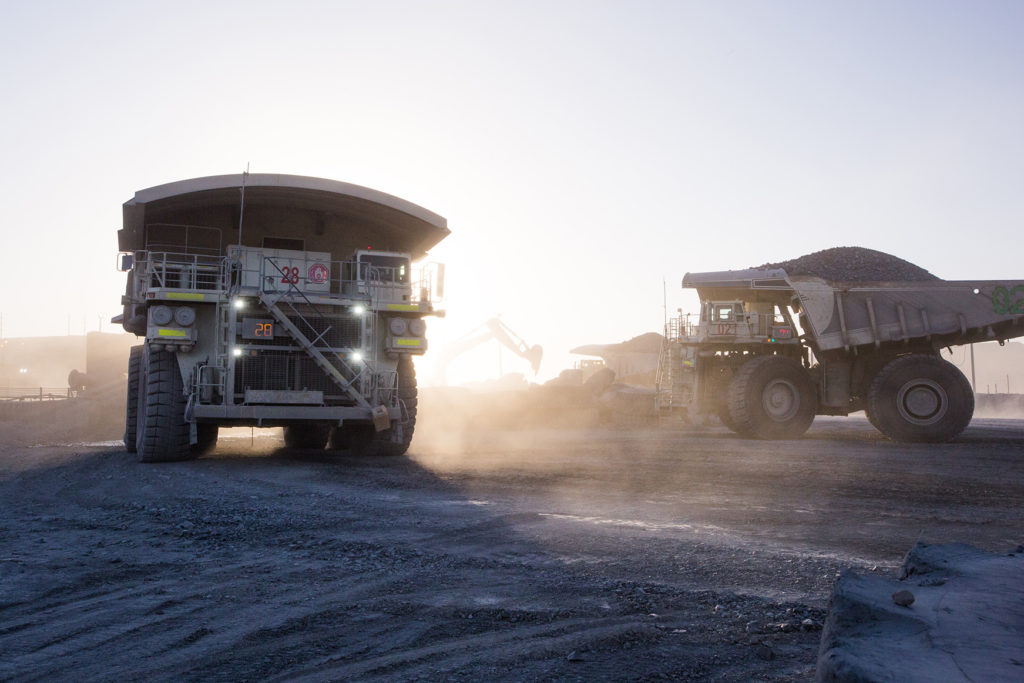Among the options for decarbonising mobile mining equipment, Newmont’s primary focus is on the use of battery-electric power, Dean Gehring, Executive Vice President and Chief Technology Officer, told the Energy and Mines Virtual World Congress today.
Gehring, after presenting ‘Toward Net Zero Mining: The Strategy Behind Our Climate Targets’, admitted that the biggest challenge the company faces in terms of decarbonising its operations is with diesel-powered mobile equipment.
“That is the largest area and probably the most challenging, technologically, to address,” he said. “Anything that is plugged into the grid, we have opportunities either through PPAs (power purchase agreements) to buy green energy or to potentially build wind or solar power. That (decarbonising mobile equipment) is an area, in particular, I think we will need a lot of support and partnership with vendors.”
He added: “We are not eliminating any opportunities (for haul truck mobility). We recognise it will take probably a multitude of different solutions to get there. Our primary focus is on battery-electric. We think that is probably going to be the best option going forward. But, like I said, this is a very dynamic space, so we are not eliminating any solutions.”
The company’s decarbonised mobile equipment solutions to date include the use of battery-electric equipment at the Borden underground gold mine in Ontario.
Gehring said the company is also considering the use of trolley assist haulage at the Penasquito operation in Mexico. Newmont already has Komatsu 930E electric drive haul trucks at the operation, with Gehring saying the introduction of overhead power lines on the most fuel intensive haulage routes, could lead to the Penasquito fleet saving up to $30 million and potentially reducing the company’s emissions by over 20,000 t/y of carbon.
The company has also mooted a potential battery-electric fleet at the underground Tanami Expansion 2 project in Australia.
While Gehring did acknowledge there were few “high production” examples of battery-electric trucks in mining operations across the globe, he did point to a potential secondary life for ‘spent’ batteries after use in haulage vehicles, saying he saw them being incorporated in battery storage projects on mine sites.
Newmont has plans to achieve a greater than 30% reduction in absolute greenhouse gas emissions and intensity by 2030 (Scope 1 and 2), which will be delivered from current operating assets through a shift to renewable energy, fuel switching, fleet electrification, and site energy efficiency improvements through its Full Potential program.











